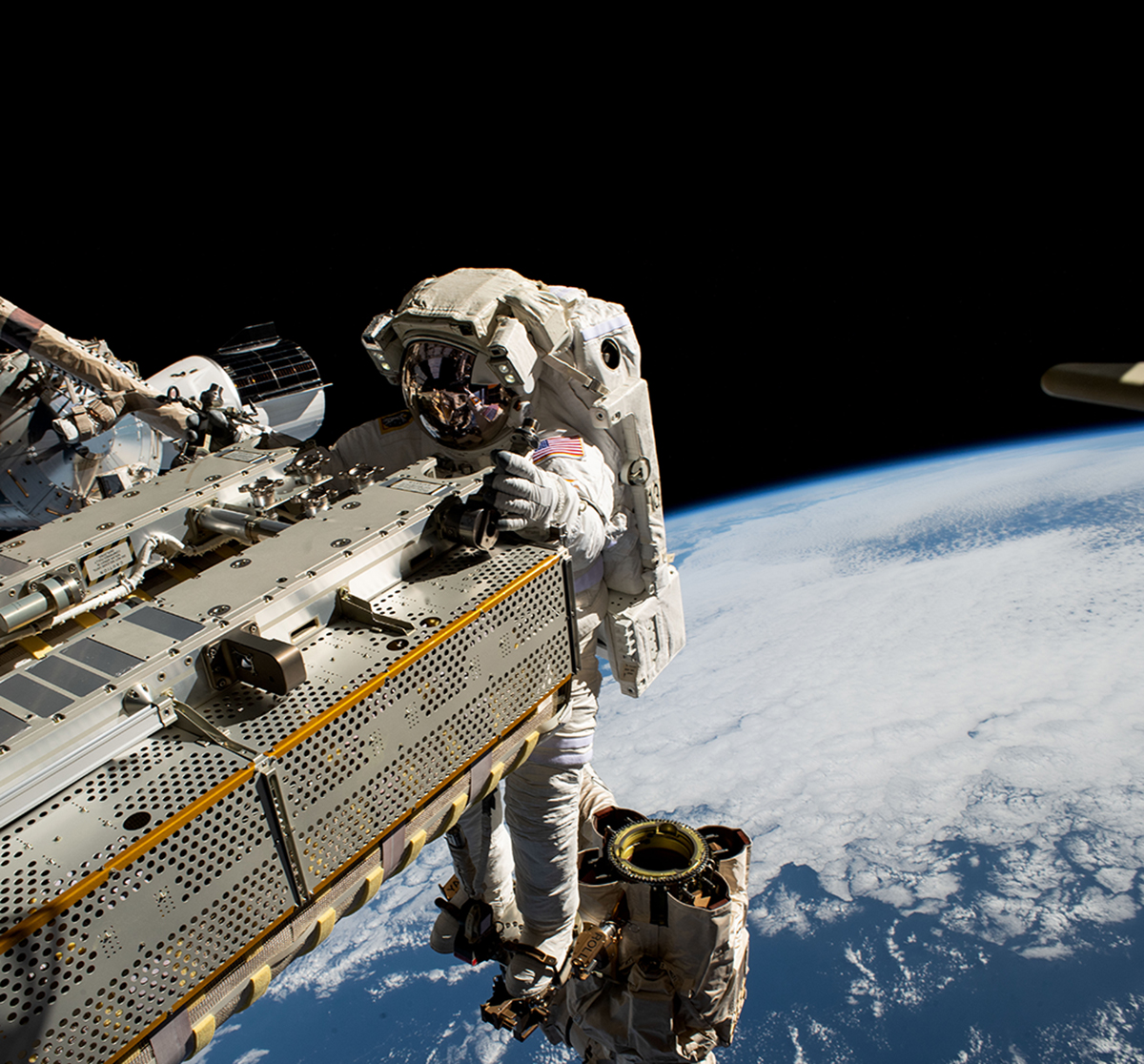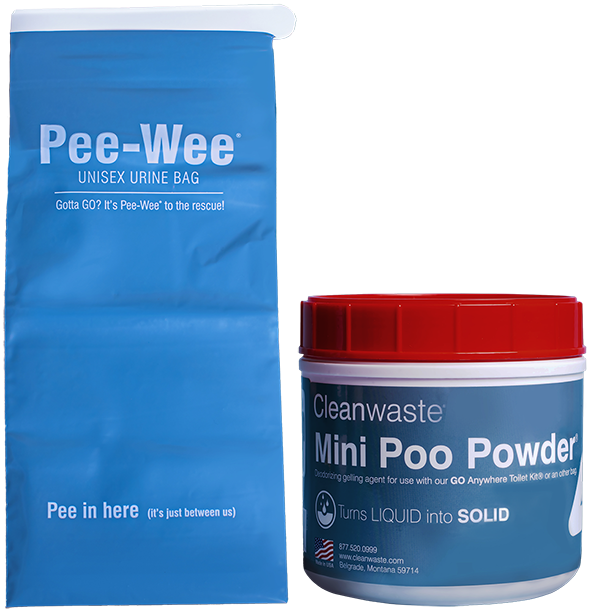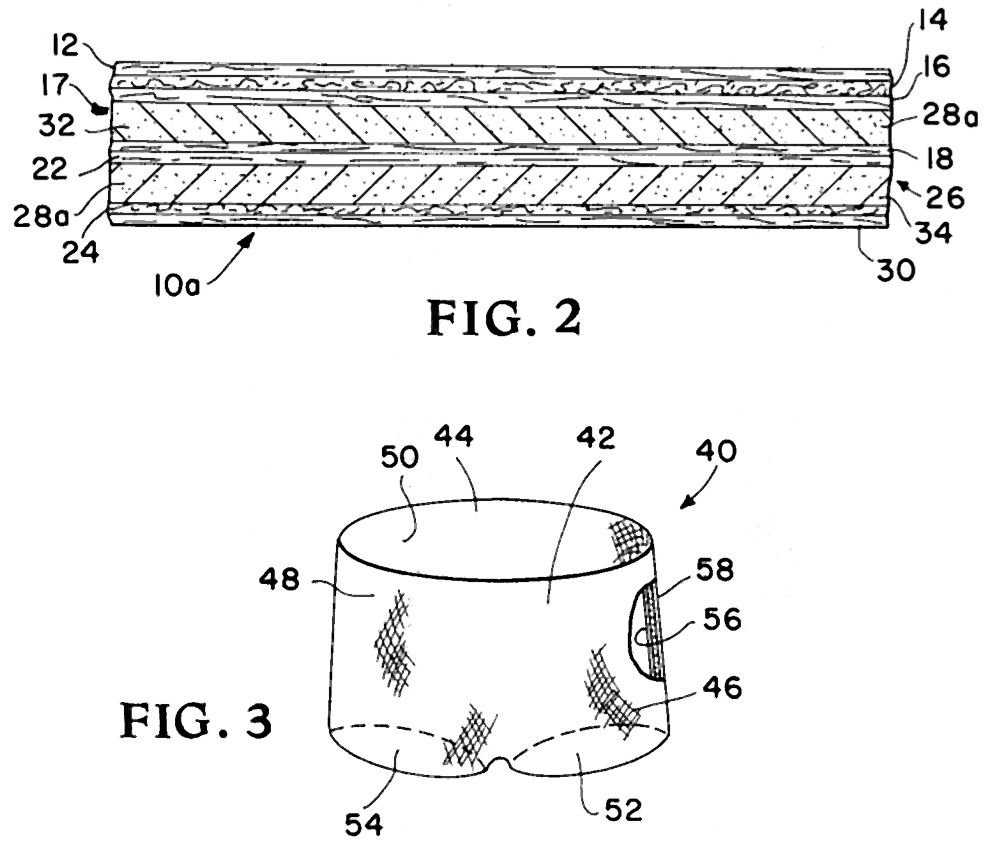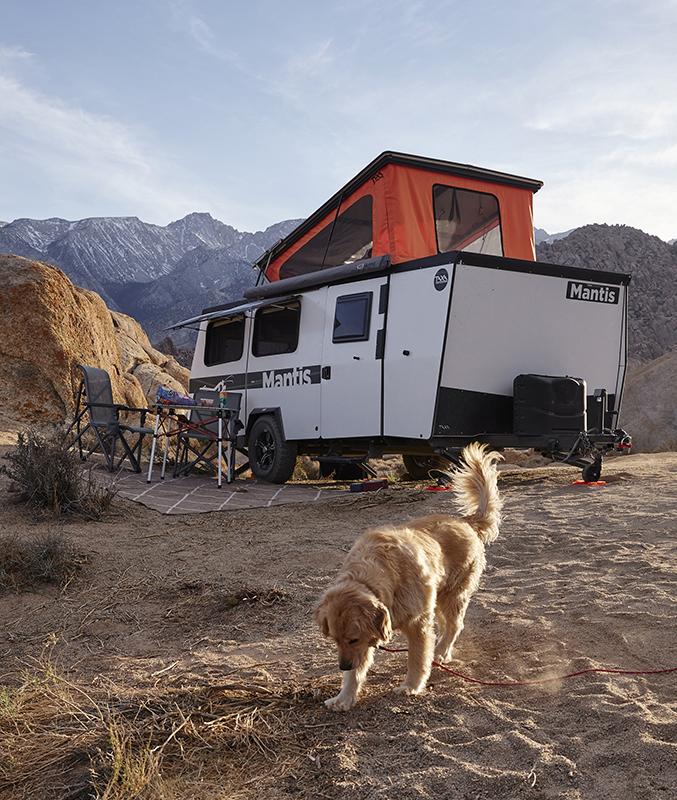
Eco-Friendly Bio Breaks
Subheadline
NASA-derived superabsorbent polymer helps relieve hikers, reduce pollution
On the space station, astronauts venture out into space to perform tasks needed to keep the orbiting spacecraft in working order, operations that often take hours on end. But when you gotta go, you gotta go.
It’s been pop culture knowledge for decades that astronauts wear “diapers” on spacewalks, but the Maximum Absorbency Garment (MAG) used by astronauts is more than just a diaper, and now a polymer key to the underwear’s function is helping to keep campgrounds and parks clean.
During early space missions, astronauts used more mechanical solutions to the problem of bodily necessities, such as tubes attached to the body that collected urine in a bag located on the leg of the spacesuit. But as more and more astronauts were selected, with different body types and genders, NASA needed a better way to ensure that spacewalks would not need to be interrupted when nature called.
Patented in the early 1980s, the MAG uses a highly absorbent polymer compound sandwiched between layers of specialized materials designed to remove moisture and keep the astronauts dry while outside their spacecraft. The sodium polyacrylate polymer absorbs the urine, transforming the liquid into a solidified gel. The waste can then be disposed of much more simply than the complicated collection system of the Apollo days.
The patent for the MAG expired in the 1990s, making it available for wider use. This design and the sodium polyacrylate polymer were used in other commercial products, such as baby and adult diapers, but wearable solutions aren’t always the best ones when you’re out in the wilderness.
“Sometimes, you need a dignified way to deal with human waste,” said Gretchen Thornton, national sales manager at American Innotek Inc. which does business as Cleanwaste.
Headquartered in Oceanside, California, Cleanwaste uses the same polymer utilized in the MAG to give people a more environmentally friendly way to dispose of waste. When it was founded in 1999, the company started by pitching its products to the military but later found a new market in people who like outdoor adventuring, such as kayakers, campers, and hikers – particularly in national parks.
“People are becoming more and more concerned about contaminating the water there. You get up into where there’s less oxygen on a mountain and you can bury that all day long, but it never goes away,” Thornton said. “The national forests are becoming so crowded that no one can use the provided bathrooms. People are doing it right off the path, and it just ends up being everywhere.”
Cleanwaste offers several different products for both kinds of human waste. These products work by using a bag that is filled with the polymer powder to break down the waste into the gel form, in addition to other additives that deodorize it. Poo Powder and Pee Wee are versions of the polymer specialized to their colloquial namesakes, but the Wag Bag is the most popular product, a kit that combines both products into bags that can be attached to an included portable toilet.
“It started more for people hiking up a mountain, but it’s becoming more popular for people staying in campers,” she said. “A lot of people don’t like to deal with black water.”
Beyond the outdoors enthusiasts, Thornton says the product has been used in unexpected places like the Burning Man festival, as the temporary city the organizers build in the desert has no plumbing and the portability fits their ethos of leaving no trace. Ultimately, Thornton says that without NASA, the product wouldn’t be where it is today.
“The government created this product that so many people use. NASA developed this and opened the door for others to invent with it.”

Cleanwaste offers several products derived from the same polymer used in the MAG. Poo Powder and Pee Wee are both tailored to their colloquial namesakes. The company also offers a product that is a combination of both. Credit: American Innotek Inc.

These figures from a NASA patent show how the MAG works. By using layers of sodium polyacrylate sandwiched between moisture-wicking materials, urine is trapped and solidified into a gel within the garment, which can then be disposed of. Credit: NASA

Spacewalks aboard the International Space Station can take several hours to complete, and in the event an astronaut has to use the bathroom, the Maximum Absorbency Garment (MAG) component of the spacesuit can take care of the waste. Credit: NASA













